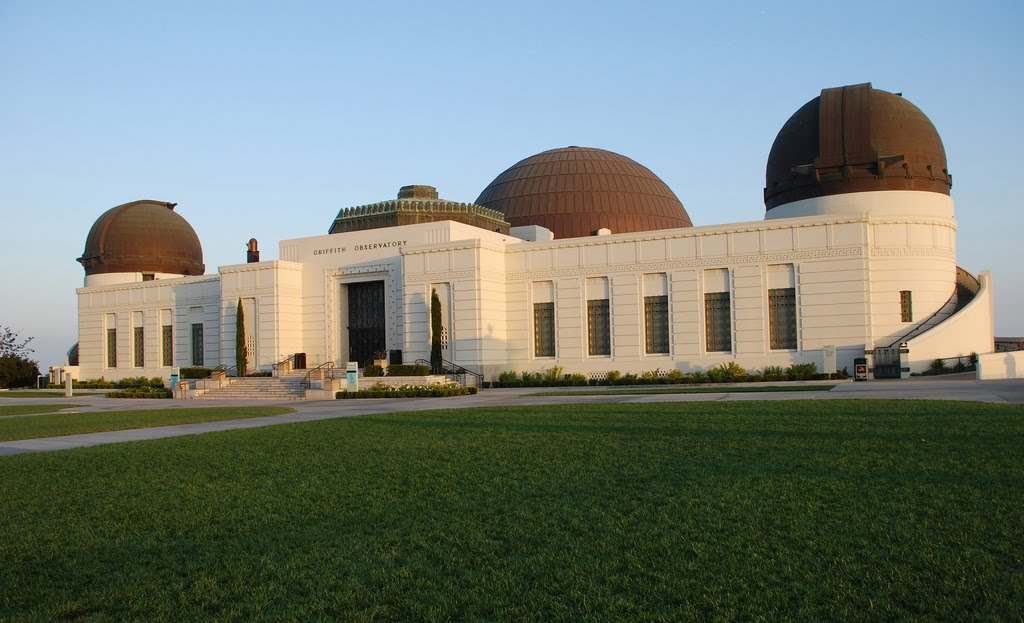Maybe I am getting through to people. My Saunders Index seems to be on the money for a lot of folks as an accurate snapshot of where the economy really sits. Now it looks like others are turning to other indicators?
'Hindenburg Omen' Flashes
by Steven Russolillo and Tomi Kilgore
Monday, August 16, 2010
Forget about Friday the 13th. Many on Wall Street took to whispering about an even scarier phenomenon -- the "Hindenburg Omen."
The Omen, named after the famous German airship in 1937 that crashed in Lakehurst, N.J., is a technical indicator that foreshadows not just a bear market but a stock-market crash. Its creator, a blind mathematician named Jim Miekka, said his indicator is now predicting a market meltdown in September.
Wall Street has been abuzz about whether the Hindenburg Omen will come to bear, with some traders cautioning clients about the indicator and blogs pondering all the doom and gloom. But Andrew Brenner, managing director at Guggenheim Securities, told his clients: "Personally, it sounds like [people] are starting their weekend drinking early."
Technical indicators, with names like "The Death Cross" and "The Bearish Abandoned Baby" have been attracting mainstream attention in recent months. Amid an increasingly volatile market, investors have been searching for any clues about stocks' direction, especially this past week where major indexes fell more than 3%.
"We always love good conspiracy theories," said Joseph Battipaglia, chief market strategist of the private-client group at Stifel Nicolaus. But he noted that market watchers sometimes make too much of what could be mere coincidences. "I for one dismiss all these things because they usually erupt most numerously during bear markets."
Mr. Miekka came up with the Omen in 1995 as a way to predict big market downturns, developing a formula that parses data like 52-week stock levels and the moving averages of the New York Stock Exchange. He said the Hindenburg Omen's name was coined by a fellow market technician, Kennedy Gammage, when they found out the name "Titanic" already had been taken.
The Omen's Criteria
• The daily number of new NYSE 52-week highs and the daily number of new 52-week lows must both be greater than 2.5% of the total issues traded that day.
• The smaller of the 52-week highs and lows must be greater than or equal to 79 (or 2.5% of 3,168 issues).
• The NYSE's 10-week moving average must be rising.
• The McClellan Oscillator, a measure of market fluctuations, must be negative.
• New 52-week highs can't be more than twice the new 52-week lows. (However, it is acceptable for the new 52-week lows to be more than double the 52-week highs.)
The confluence of data used by the Omen was officially tripped this week. There were 92 companies that hit new 52-week highs on Thursday, or 2.9% of all companies traded on the New York Stock Exchange. There were also 81 new lows, or 2.6% of the total. Each number must exceed 2.5% for the Omen to occur, according to Mr. Miekka.
Other criteria include a rising 10-week moving average for NYSE and a negative McClellan Oscillator, a technical indicator that measures market fluctuations. Mr. Miekka said the appearance of one signal is usually an indication of a market top, but the Omen becomes more accurate when there are two or more close together.
The Omen was behind every market crash since 1987, but also has occurred many other times without an ensuing significant downturn. Market analysts said only about 25% of Omen appearances have led to stock-market declines that can be considered crashes.
"The Hindenburg Omen does show some deteriorating internals, which signals some major concerns," said Ryan Detrick, senior technical strategist at Schaeffer's Investment Research. "But it isn't a reason to move to 100% in cash. We're taking a wait-and-see approach, but considering its recent history, we're considering it more than other indicators."
Mr. Miekka, who writes a Wall Street newsletter called "Sudbury Bull & Bear Report" out of his homes in Maine and Florida, wasn't even aware that his own Hindenburg Omen indicator was activated. The 50-year-old former physics teacher, who is an avid target shooter, said he was "taken by surprise" after he plugged the data into his model.
He didn't say whether it is a good time to bail out of the market, but he isn't exactly in a bullish mood when it comes to stocks. "I'll be dancing close to the door," he said.
--Donna Kardos Yesalavich contributed to this article.
Write to Steven Russolillo at steven.russolillo@dowjones.com and Tomi Kilgore at tomi.kilgore@dowjones.com
Subscribe to:
Post Comments (Atom)





















No comments:
Post a Comment